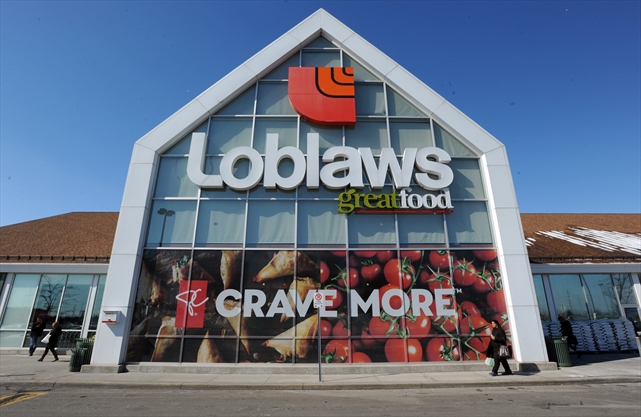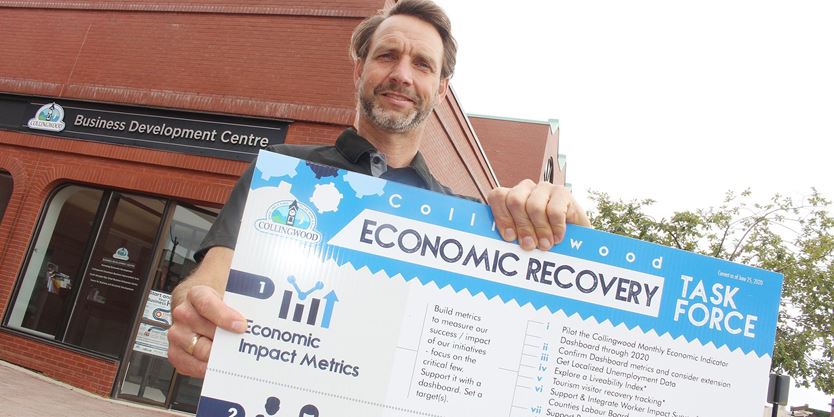Premier Doug Ford is considering shuttering gyms and personal care services like barbers and salons, and limiting the number of shoppers allowed in malls and stores for 28 days to fight runaway COVID-19 in Toronto and Peel Region, the Star has learned.
Those restrictions — as well as a ban on house cleaners travelling from home to home — were under serious consideration as Ford’s cabinet met into the night Thursday, with ministers to finalize the decisions Friday.
New powers to enforce restrictions with fines were also on the table to give authorities “a bit more teeth” to penalize scofflaws in violation of pandemic precautions, a senior government source said.

Most of the measures are expected to take effect Monday and last until a week before Christmas, in a bid to get high case numbers under control.
However, there are no plans for an overnight curfew or travel bans, as have been seen in some other jurisdictions.
“We have some difficult but necessary decisions to make,” Ford said Thursday as the province reported hospital intensive care units were handling 150 COVID-19 patients, the level at which non-emergency surgeries were expected to be curtailed.
“I’m asking the people of Ontario to listen, especially with the holidays quickly approaching.”
Curbside pickups at retail stores, which were the norm last spring, could make a return at stores facing capacity limits for shoppers. That measure could bring a return of lineups at grocery stores amid concerns that some have been overcrowded and could be fuelling the spread of the virus.
Two highly placed sources told the Star that a list of requests from Toronto’s chief medical officer was the blueprint for the restrictions being contemplated.
Dr. Eileen de Villa has pushed for a hard cap on the number of guests at weddings, limiting trips outside the home to essential activities, and time off for workers to get tested for the highly contagious virus among the measures that should apply to the entire Greater Toronto Area, not just to the hot zones of Toronto, Peel Region and York Region.
Those three areas are now in the red or “control” category of restrictions, which is one short of the lockdown stage, along with Halton Region and Hamilton.
York Region took to Twitter on Thursday night, saying it has sent a letter to Ford asking that it not be pushed into lockdown while it waits to see if existing red zone restrictions can reduce COVID-19 case numbers there.
Ford first said a week ago that Ontario was “staring down the barrel of another lockdown,” and warned Thursday that stringent restrictions can be expected.
“These measures, they will have to be tough in the hardest-hit areas,” he told a news conference.
“We’re seeing concerning trends. Our hospital ICUs are in jeopardy, our long-term-care homes are at risk.”
The premier is facing familiar criticisms that he took too long to act once again after a string of record highs in new cases all last week, when computer modelling revealed a grim new forecast.
Provincial health officials warned daily new cases could hit 6,500 by mid-December and admissions to intensive-care units could top 350 patients, making non-emergency surgeries virtually impossible.
Ontario reported 1,210 new cases on Thursday, down from the all-time high of 1,581 on Saturday, but the seven-day average remains near the record and 10 more ICU patients were put on ventilators, an unusually large jump.
“They wait until there’s a crisis and then they react,” NDP Leader Andrea Horwath said Thursday, echoing concerns from doctors and epidemiologists after a string of record high case levels and a sharp rise in deaths this month.
Hospitalizations are up 22 per cent in the last week, and the number of ICU patients is up 49 per cent.
“Clearly a major pivot is necessary to protect our health-care systems and save lives,” said Dr. Isaac Bogoch, an infectious diseases specialist at the University Health Network.
Ford faced similar concerns before Thanksgiving when he said the rising COVID-19 curve was “flattening,” only to see it rise to a new high a few days later, prompting restrictions on Toronto, Peel Region and Ottawa.
Health Minister Christine Elliott said the current trend in case numbers that included 60 deaths in the last two days is “very concerning.”
“They’re increasing even though we started restrictions on Oct. 10,” Elliott told reporters.
The government is bringing more hospital beds into service, and working on regional solutions to surgeries facing cancellation so hospitals without as many COVID-19 patients can take them on, Elliott added.
Rob Ferguson is a Toronto-based reporter covering Ontario politics for the Star. Follow him on Twitter:
Robert Benzie is the Star’s Queen’s Park bureau chief and a reporter covering Ontario politics. Follow him on Twitter:






















